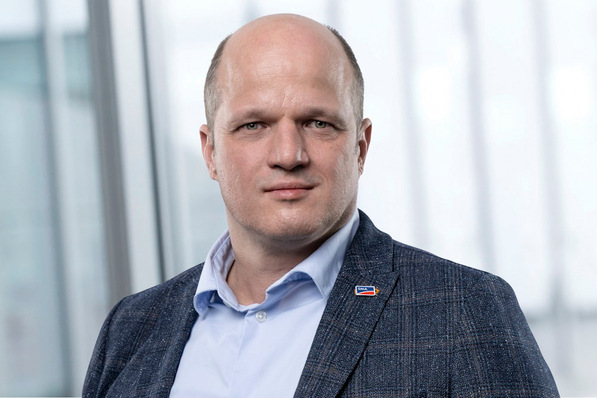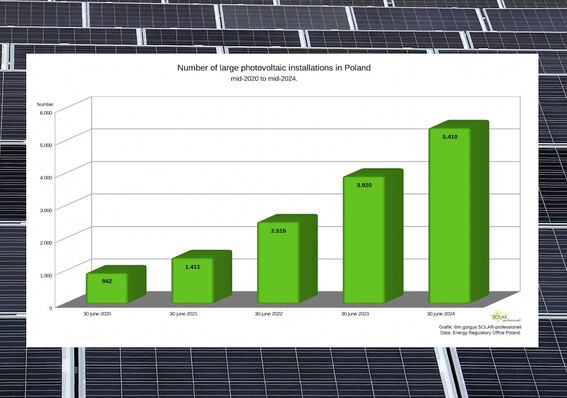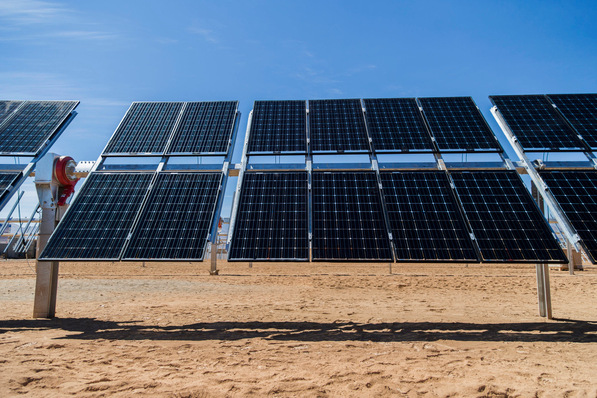Prices for standard modules have risen again in recent weeks. For example, these modules with an efficiency of up to 21 percent, which are mainly used in commercial and large-scale installations, are currently trading for 35 cents per watt. This means that the price is moving upwards again, whereas it has remained stable at 34 cents per watt in the past months.
20.7 percent price increase this year
The costs for these modules have risen by 20.7 percent in the course of this year. At the turn of the year, they were still trading for 28 cents per watt. This is only seven cents. But since these modules in particular are used in large systems, this price increase is considerable. The increased cost of the modules alone then makes for higher investment costs of 70,000 euros for a plant output of one megawatt.
Costs for high-performance modules remain stable
The prices for modules with higher outputs and efficiencies above 21 percent, on the other hand, remain stable. These continue to trade for 43 cents per watt, so the difference between the two module classes is only eight cents per watt.
See also: Business is going better than expected for SMA in 2022
On the other hand, the high-performance modules deliver more electricity, so that this higher price is quickly amortised. At 7.5 percent, the cost increases over the course of the year in this class are also not as high as the price increases for standard modules.
Short supply makes for high prices
But this will shift in the coming months, Martin Schachinger, managing director of the online marketplace for solar components PV Xchange, is certain. "Although the curves for mainstream and low-cost modules are pointing slightly upwards, the prices of high-efficiency modules remain stable," he explains.
Also interesting: Global energy crisis as historic turning point
"This is mainly due to the fact that the supply of modules with lower output is becoming increasingly scarce, while the availability of products with efficiencies of 21 per cent and higher is improving - the boundaries are fluid anyway. Towards the end of the year, however, the situation is likely to reverse somewhat as suppliers and manufacturers look to sell off stocks and, in particular, modules with lower power ratings."
Higher module outputs in sight
This is because many producers are starting the new year with new product lines. "Higher outputs and, in some cases, new module dimensions are already awaiting us in the first quarter of 2023," Schachinger is certain. (su/mfo)







